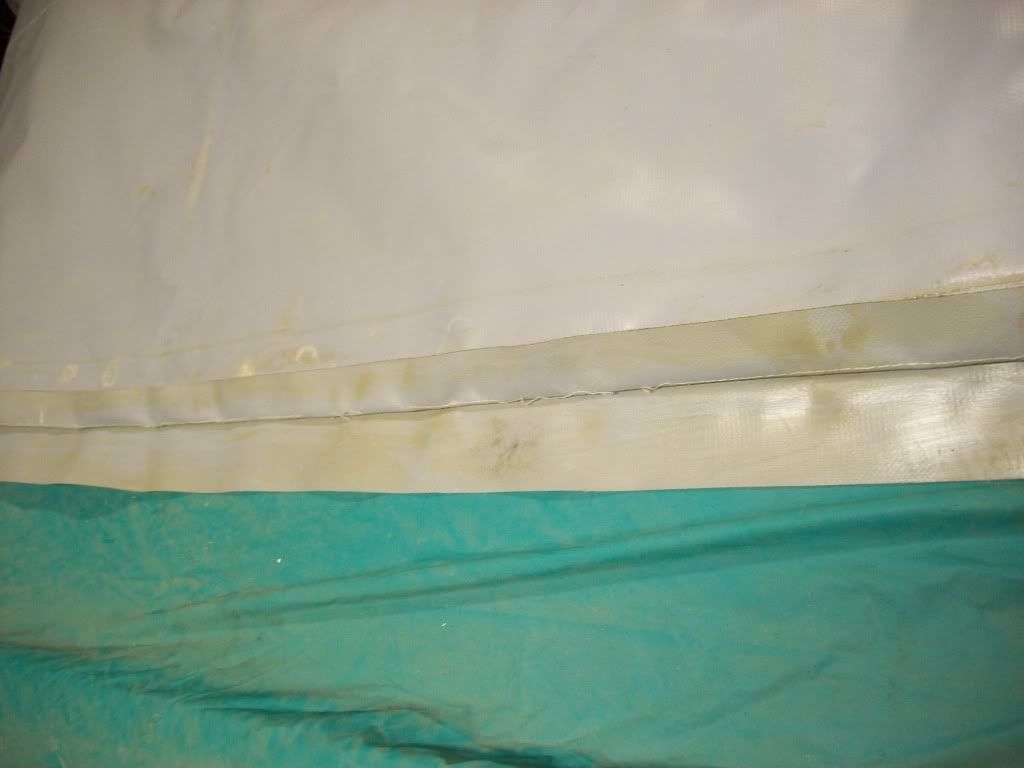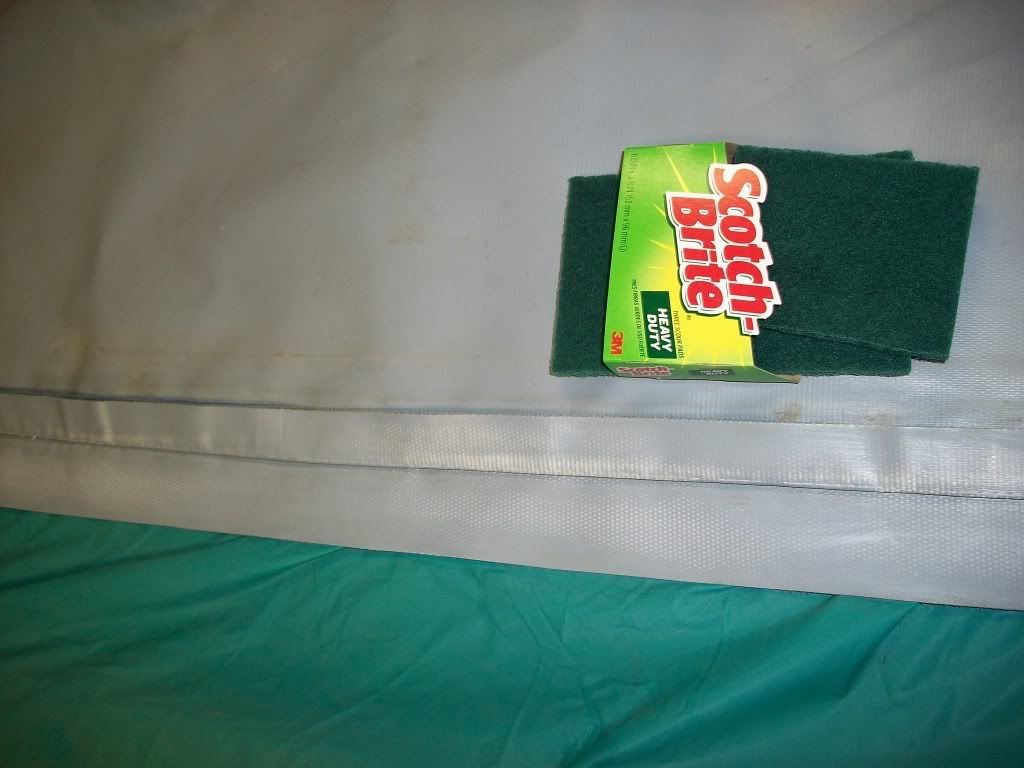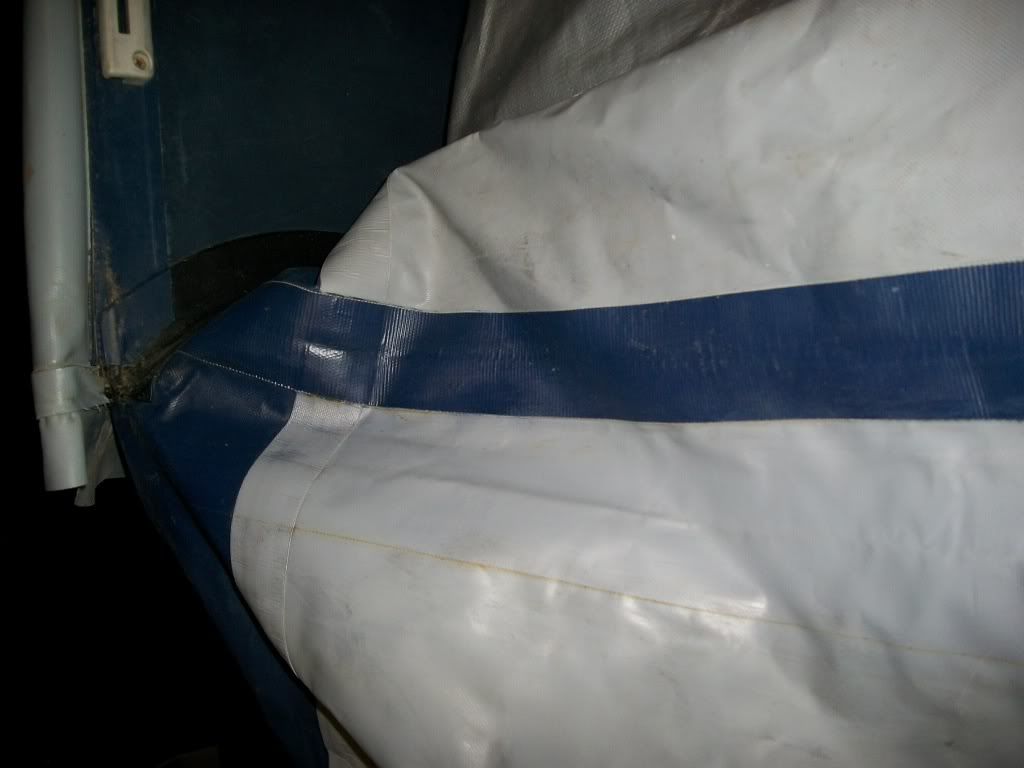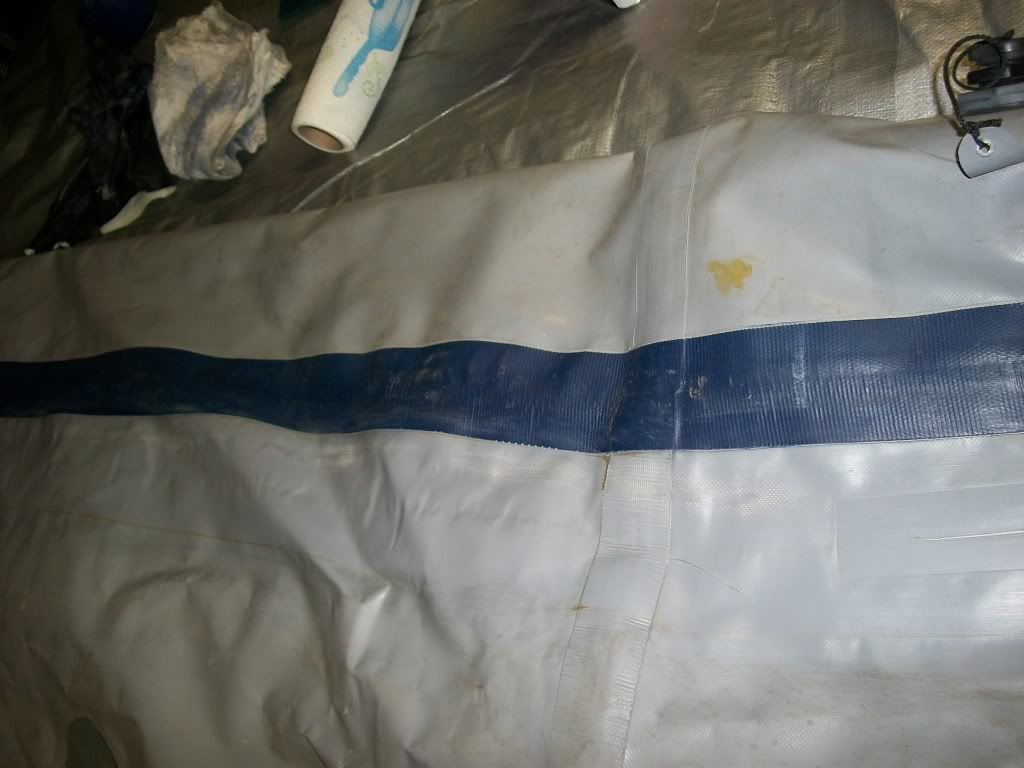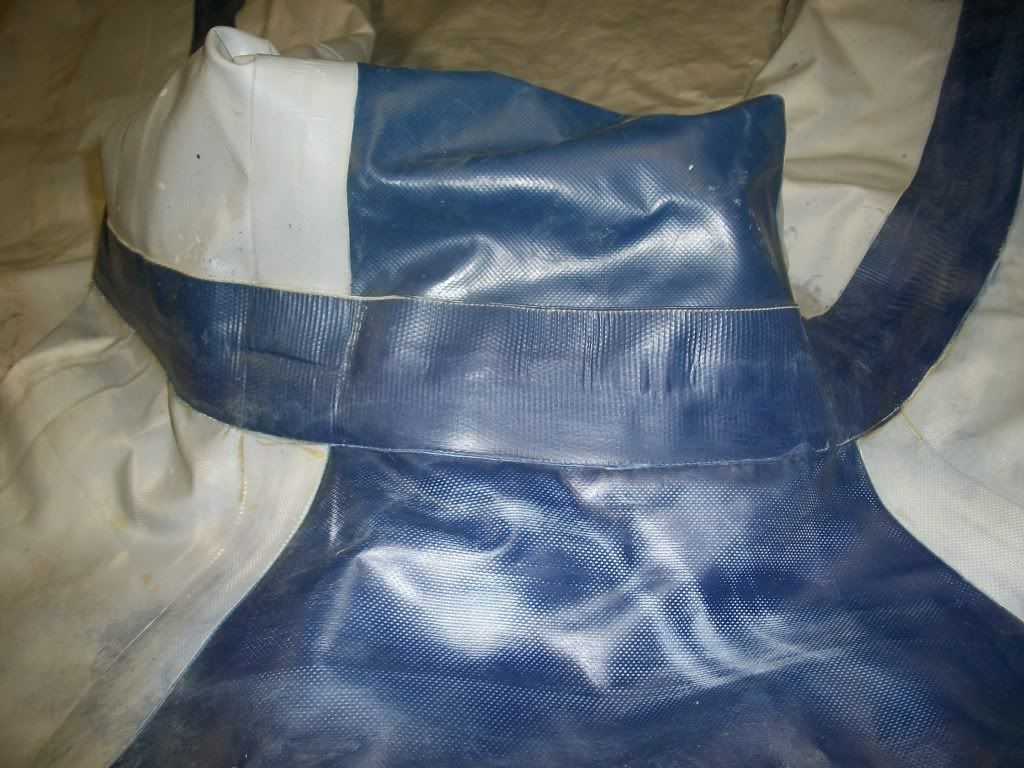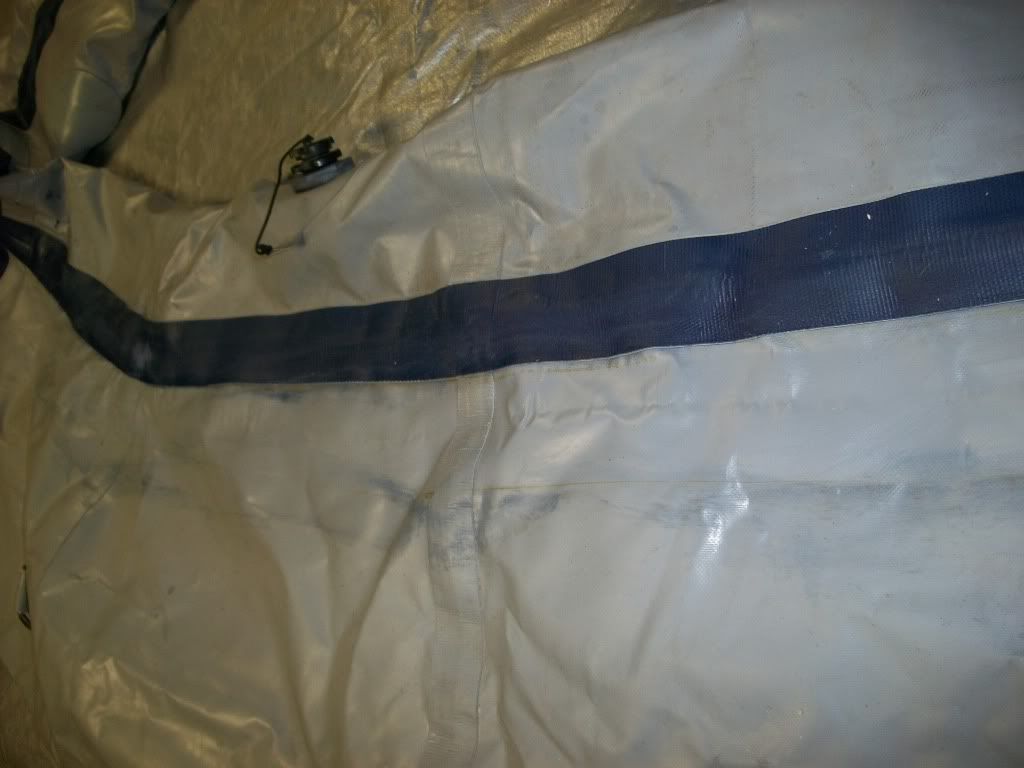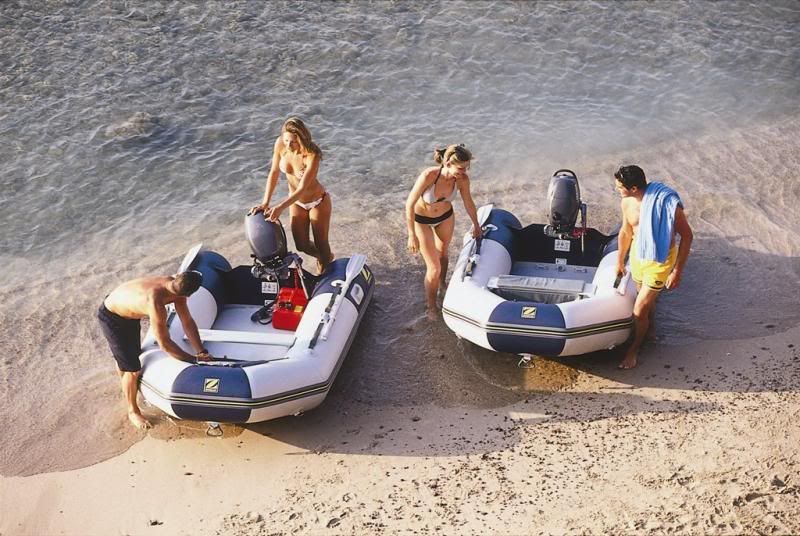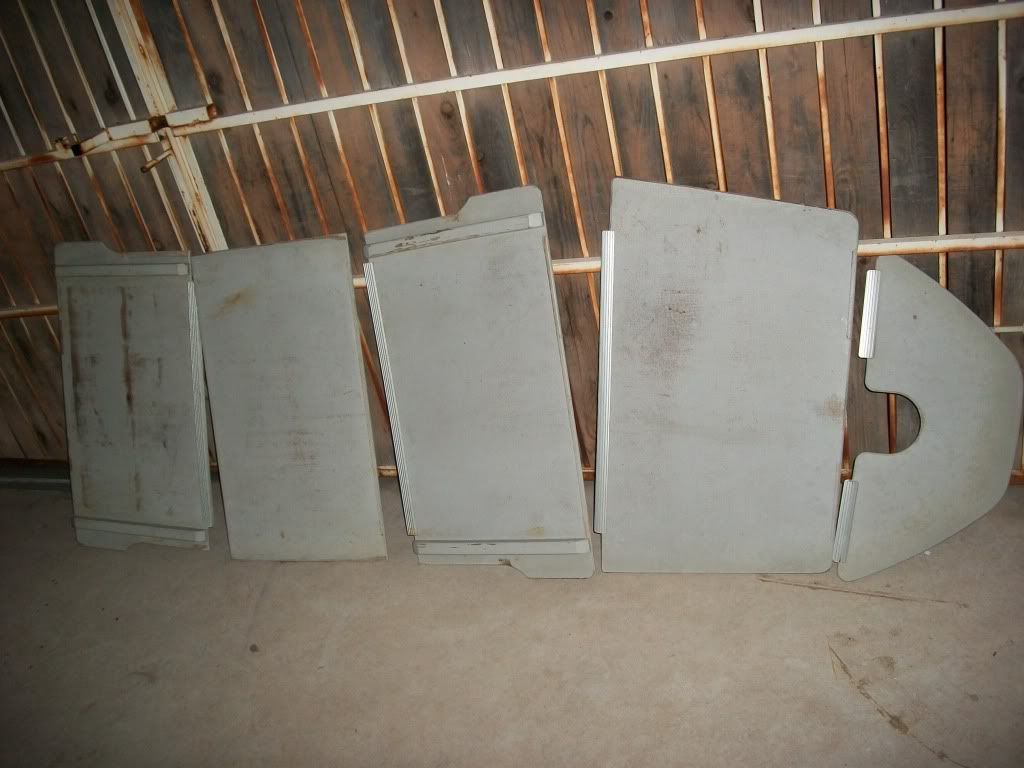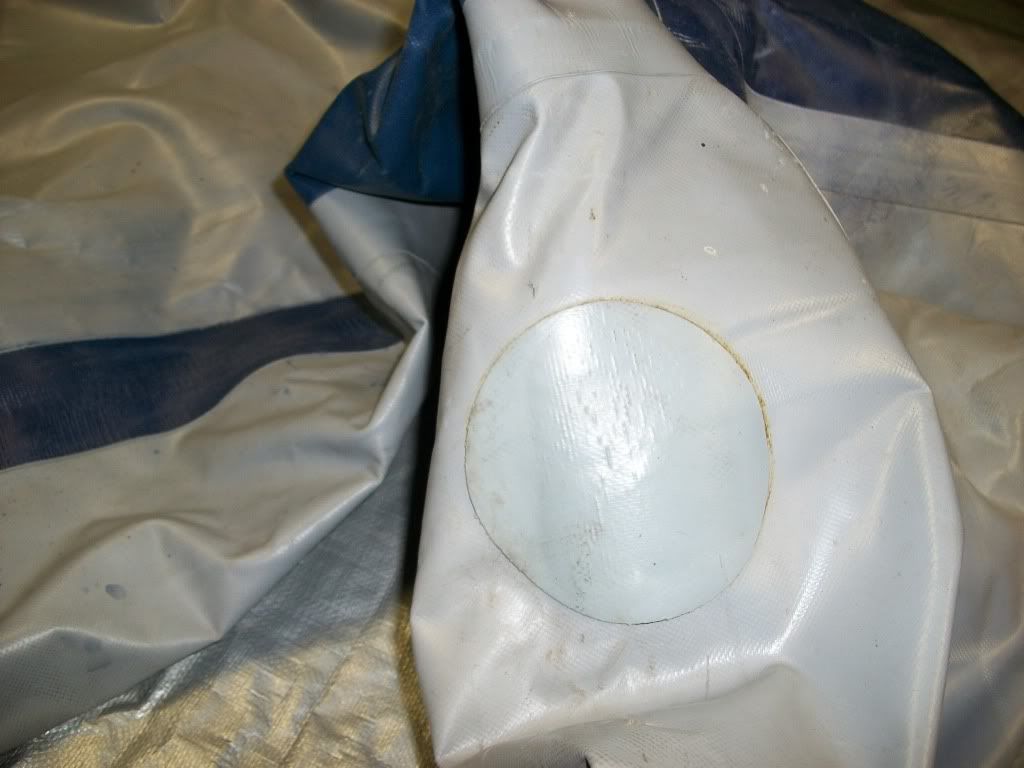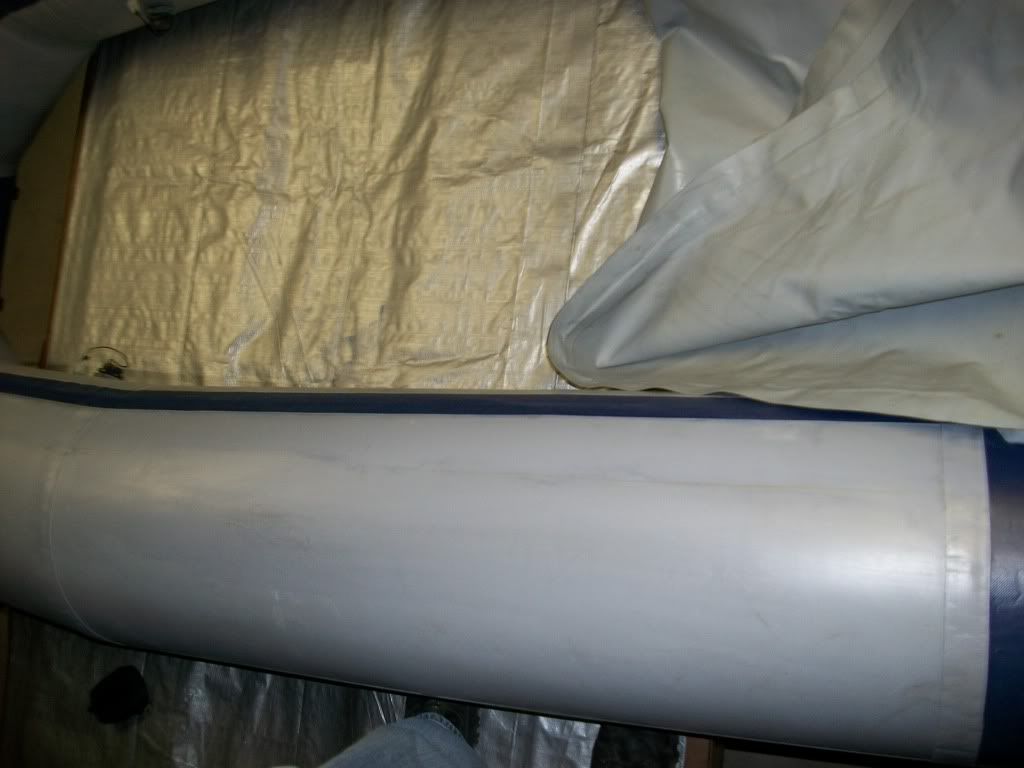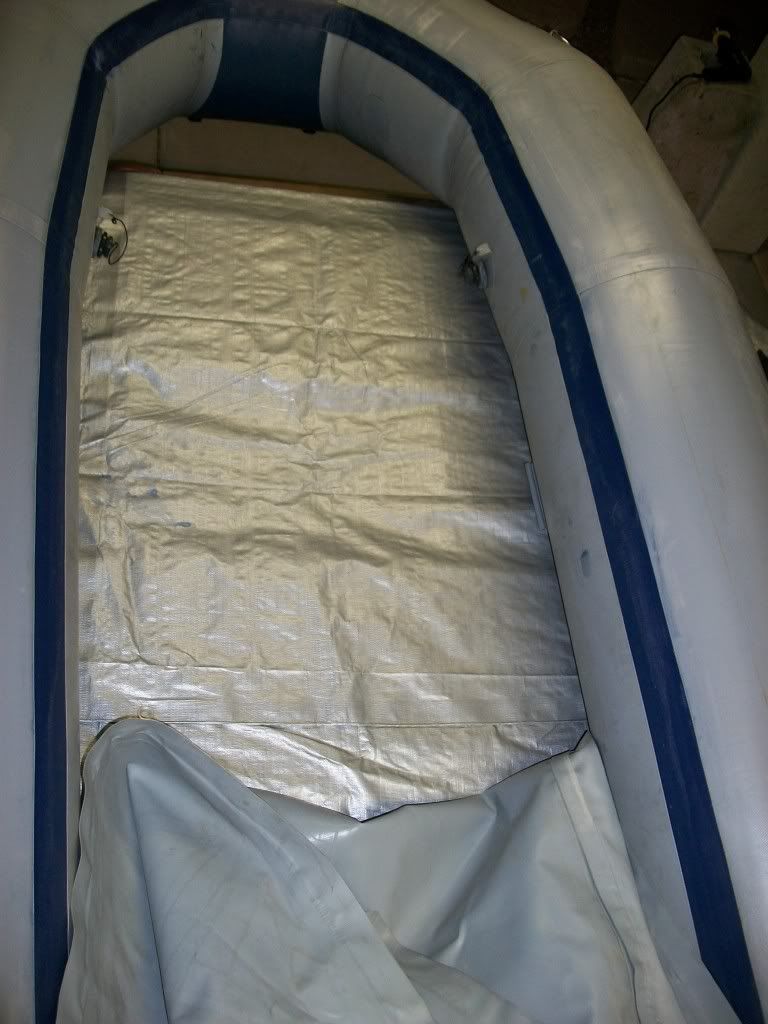Re: Zodiac 310s refurb with pics
It's great that you can seethe previous glue line. I wouldn't hold that as an absolute mark to glue to. In the end a floor with a little less tension and a good glued seal is better than a tight floor with a less solid bond all the way around. Like I said before the most important point is to have any glued surfaces lay together without tension or stress. The initial bond isn't all that strong and any pulling or separation will trash it. I wouldn't be using MEK all that much during clean up. It really softens the PVC, even more than the glue and it makes it easy to remove some of the PVC coating on the fabric. I always clean my glue off dry and do a final scrub with acetone (it doesn't soften the PVC as much as MEK and it flashes off faster). Great for a final cleaning that really gets an wax, oils or other residue off. My boat had bad glue repairs with thick layers from a botched job. This made it harder to get them clean. But even where there wasn't that type of repair I used a small abrasive wheel from Dremel like you see in the pic below. Using a smaller and not so abrasive wheel made it easier to control. Unlike hypalon you don't really have to abrade the PVC material surface to glue, but I would run the wheel over the surface to just take a little bit of the shine off. Not required, but it does make sure you have a thoroughly clean surface. On small repairs with poor access for a wheel I used a little sandpaper on a stick. I wasn't trying to remove material, just lightly burnish the topcoat so it has a dull look. Some other poster may point out that this is overkill, but my glue jobs are holding up to a lot of abuse and glue does not stick to glue.
I have included two sources for PVC material, West Marine usually sells PVC patches in a little kit with a tube of one part glue (the one part glue is not good for anything but an emergency repair). As far as the old patches go, I would pull on the edge. If it won't come off fairly easily you should leave it alone until it starts to come off on it's own. I have pulled all of my seams and patches that will come off. If you have to pull hard enough and it starts to damage the PVC coating by pulling it off one side or the other then you are pulling too hard. Heat will help loosen up firm glue that you really want to remove. Care should be taken if using a heat gun so you don't dmage other parts of the boat. Using some sort of shield around the area being addresssed is wise. I personally do not remove anything that won't come apart being pulled on, though I do use pliers to grab the material.
Yes, the floor boards can get slick. The reflective paint on the boards isn't as bad as my aluminum floor. I don't worry about it. I have seen boats with textured floor surfaces, but it isn't something I'm looking to do. You might try and post on that issue directly to get a few more responses.
I imagine the speed tubes do raise your top speed, but all inflatables end up with rapidly increasing drag at higher speeds. My boat does 30mph with a 40hp and a MK2 Futura I see out with a 50hp doesn't look to be pulling away from me. The tubes do make the boat handle a lot better than the regular SIB's I have run before. I have seen speed tubes for sale occasionally on Craigslist, but that is a rare find. I don't know that they would be worth the effort and expense unless you happen to find them cheap.
Remember that UV is hard on the fabric in general, but it is heat that works your glued seams. I avoid storing my boat outside for that reason. Good luck with your repairs and feel free to ask any questions you might have. If you haven't actually glued anything yet may I suggest you start on a small section or patch? It really does help to get a feel for working with the glue, the need for the glued area to be easily positioned and the requirement that the glued piece be allowed to cure before it's stressed. Have fun and good luck with the babes!
http://www.nrsweb.com/shop/product_list.asp?deptid=978
http://www.riverconnection.com/inflatable-repair-fabrics-c-17_36.html




















